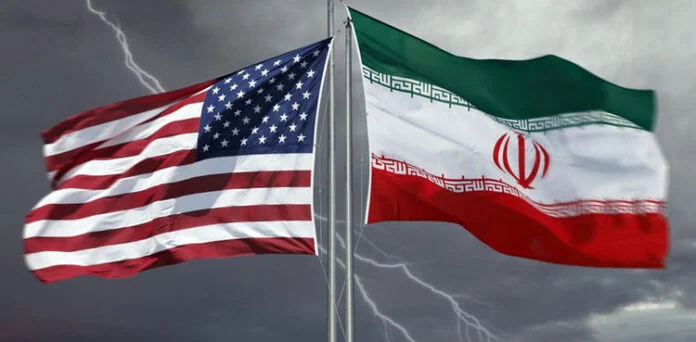
A Journey Through Finnish History: From Prehistoric Times to Modern Day
Finland’s history is a rich tapestry woven from its unique geography, diverse cultures, and tumultuous events. From ancient settlements to its current status as a progressive European nation, Finland’s journey is one of resilience and transformation.
Prehistoric Finland
The history of Finland begins with the arrival of the first inhabitants around 8500 BC, shortly after the last Ice Age. These early settlers were primarily hunter-gatherers, relying on fishing, hunting, and foraging for sustenance. Archaeological findings, such as tools and pottery, provide insight into their daily lives and practices.
By around 2000 BC, agricultural practices began to emerge, influenced by neighboring cultures. This period saw the formation of more permanent settlements, as communities cultivated crops and domesticated animals.
The Viking Age and Trade Routes
During the Viking Age (approximately 800-1050 AD), Finland was influenced by the Norse culture, although it was never fully settled by Vikings. Instead, Finnish tribes engaged in trade, exchanging goods with Vikings and other neighboring peoples. This era marked the beginning of significant cultural exchanges that shaped Finland’s social landscape.
The Influence of Sweden and the Establishment of Christianity
In the 12th century, Sweden began its expansion into Finland, which led to centuries of Swedish rule. The establishment of Christianity in Finland was largely facilitated by Swedish efforts, with the first Catholic bishop appointed in the early 13th century.
Under Swedish governance, Finland experienced significant administrative changes. The region became an integral part of the Swedish Empire, benefiting from trade and cultural exchanges. However, this also meant that Finnish identity began to blend with Swedish influences.
Russian Rule and the Quest for Independence
The early 19th century brought a new wave of change as Finland became part of the Russian Empire following the Finnish War (1808-1809). This period of Russian rule had both positive and negative impacts. On one hand, it allowed for a degree of autonomy and the establishment of the Grand Duchy of Finland, where local governance was encouraged. On the other hand, there were efforts to promote the Russian language and culture, which led to tensions.
The 19th century also saw the rise of a national identity, fueled by the romantic nationalist movements across Europe. Finnish literature, music, and folklore flourished, culminating in the publication of the “Kalevala,” a national epic that played a crucial role in shaping Finnish identity.
The desire for independence intensified in the early 20th century, particularly during World War I. The chaotic political climate in Russia provided a window of opportunity. On December 6, 1917, Finland declared independence, a move that was quickly recognized by Russia.
The Interwar Years and World War II
The years following independence were marked by political turmoil, including a brief civil war in 1918 between socialist and non-socialist factions. Finland emerged from this conflict with a sense of national unity and a commitment to democratic governance.
However, the threat of World War II loomed large. Finland fought against the Soviet Union in two major conflicts: the Winter War (1939-1940) and the Continuation War (1941-1944). Despite facing significant challenges, Finland managed to maintain its independence and avoid Soviet occupation, although it did have to cede some territory.
Post-War Era and Modern Development
The post-war years were characterized by reconstruction and modernization. Finland adopted a policy of neutrality during the Cold War, allowing it to navigate relationships with both the East and West. Economic development accelerated, and by the 1960s and 1970s, Finland became known for its strong social welfare system, robust education system, and technological innovations.
Today, Finland is recognized for its high standard of living, commitment to sustainability, and progressive social policies. It consistently ranks high in global education, quality of life, and happiness indexes.
Conclusion
Finland’s history is a testament to its resilience and adaptability. From its prehistoric roots to its current status as a leading European nation, Finland has navigated through challenges and embraced change. The blend of influences—from ancient tribes to Swedish and Russian rule—has shaped its unique identity, making it a fascinating country with a rich cultural heritage. As Finland continues to evolve, its history remains a vital part of its national identity and global presence.




















